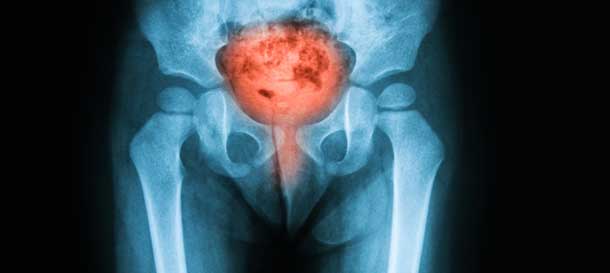
Bladder disorders can significantly impair quality of life and cause distress to patients.
Bladder disorders are often associated with frequent bladder infections, which can lead to renal failure if they are left untreated. Some of the more common types of bladder disorders include:
- Overactive bladder
- Neurogenic bladder
Overactive Bladder
Overactive bladder is one of the most common bladder disorders, affecting around 16% of the population; it affects men and women at approximately equal rates. The primary symptom of overactive bladder is experiencing a sudden, powerful urge to urinate, which may be difficult to overcome, leading to accidents and incontinence. In addition, affected individuals urinate frequently, often arising during the night to urinate several times. Severely affected individuals may report having to urinate every 20 minutes or so and experience multiple accidents every day before they receive effective treatment.
Overactive bladder seems to be caused by involuntary contraction of the muscles that empty the bladder even when the bladder is not full. Its incidence increases with age, but it is not a normal aspect of aging. In many cases, the specific cause of the condition is unknown; in other cases, it seems to be linked to diabetes, obesity, the use of diuretics, excessive fluid consumption, or cognitive impairment due to stroke or Alzheimer’s disease. Kegel exercises to strengthen the pelvic floor and losing weight can help some people with this condition. Others may benefit from intermittent catheterization, medications, OnabotulinumtoxinA injections, or surgery, depending on the severity of the condition and possible underlying causes.


Neurogenic Bladder
Neurogenic bladder is another common bladder disorder. It is caused by an injury or condition that disrupts the nerves that communicate between the bladder and the brain. Common causes of this condition include spinal cord injuries, multiple sclerosis, spina bifida, and child-bearing related injuries. The primary symptoms include urinary incontinence, inability to fully empty the bladder, and frequent bladder infections. Many affected individuals also suffer from fecal incontinence and/or constipation.
Primary treatment of neurogenic bladder consists of either intermittent or continuous catheterization to drain the bladder. In intermittent catheterization, the patient or a caregiver periodically inserts a catheter to drain the bladder; this is the primary treatment for individuals who are unable to fully empty their bladders. For patients suffering from complete incontinence, a catheter connected to a drainage bag may need to be installed and used continuously. Some patients also experience some relief from medications to improve bladder function.
Sacral Nerve Stimulation
A relatively new technique called sacral nerve stimulation may allow patients with both severe overactive bladder and neurogenic bladder to avoid catheterization. In this technique, a small device is implanted under the skin of the buttocks and is surgically connected to the nerves that control the bladder. The device sends signals to these nerves, improving the connection between the brain and the bladder. Although it is not effective in all patients, it has been found to be extremely effective for some patients in controlling both incontinence and the ability to fully empty the bladder.



